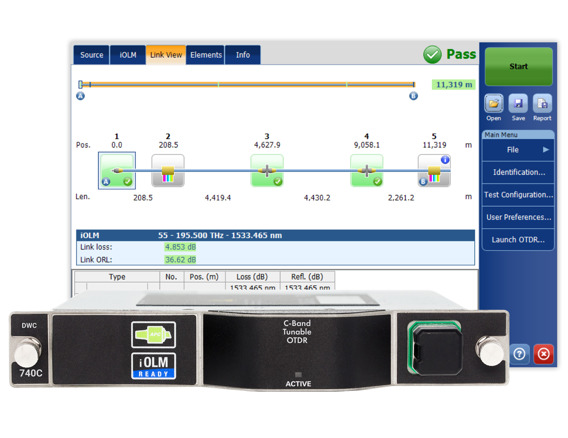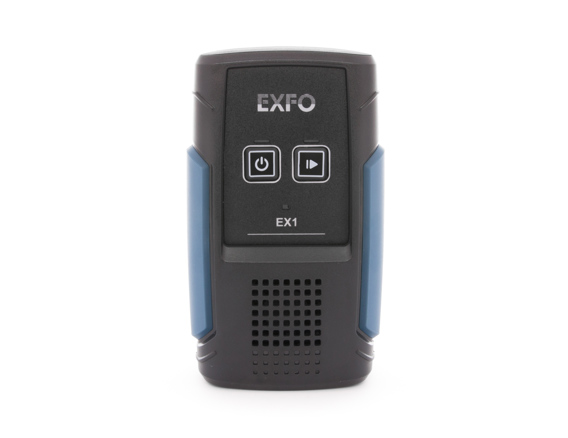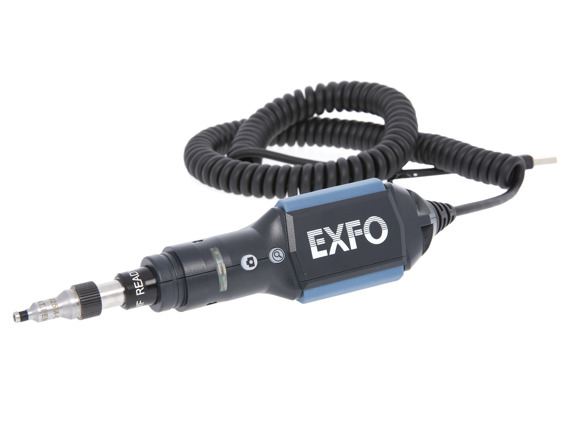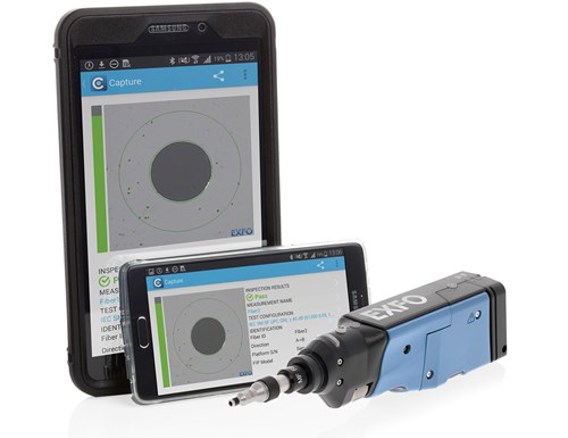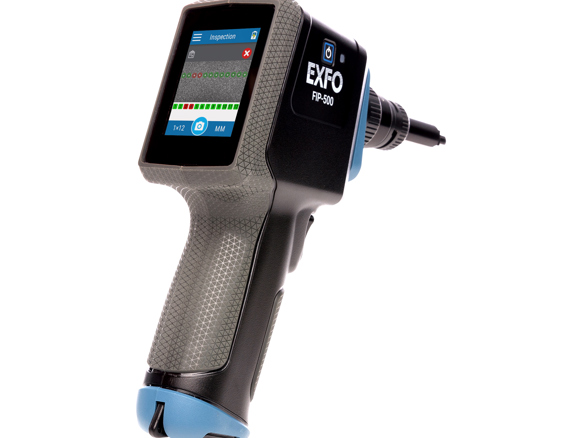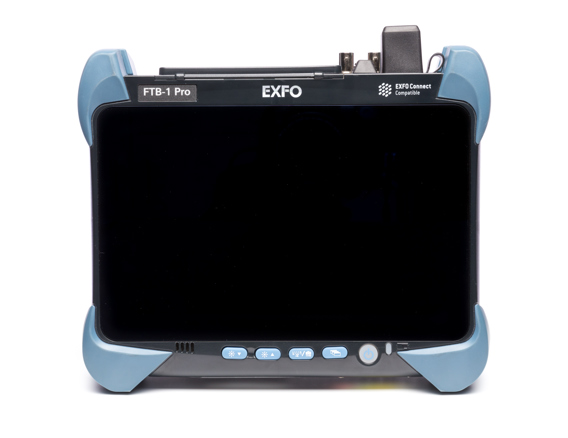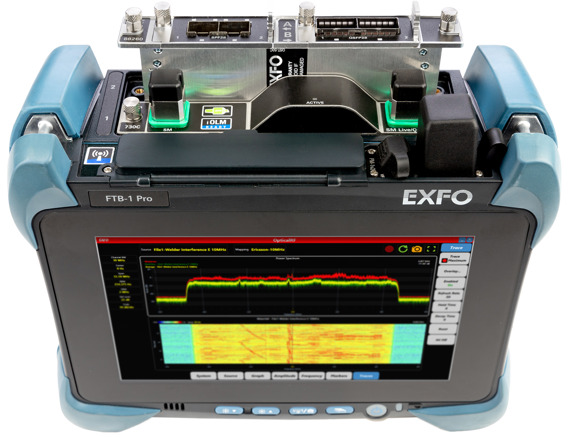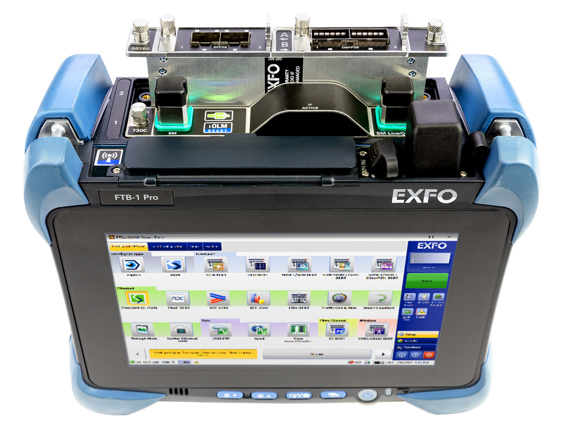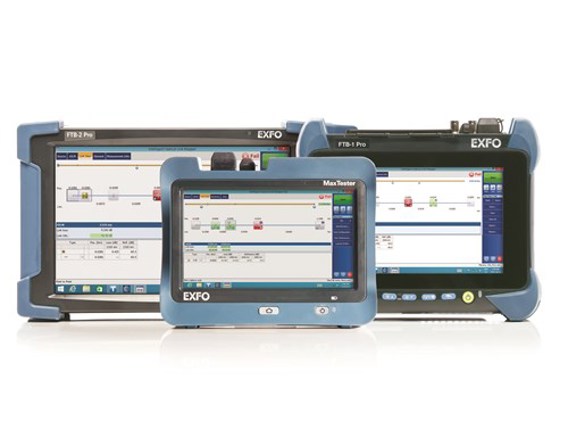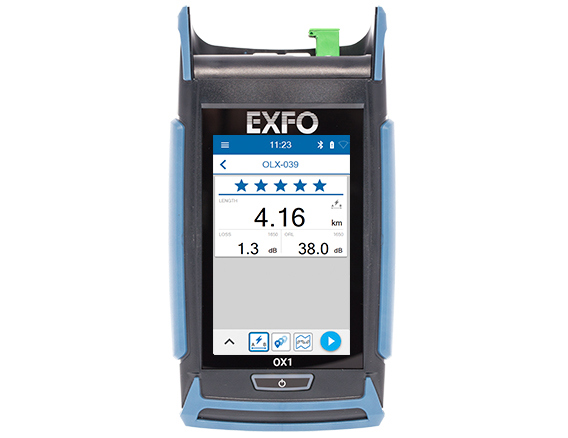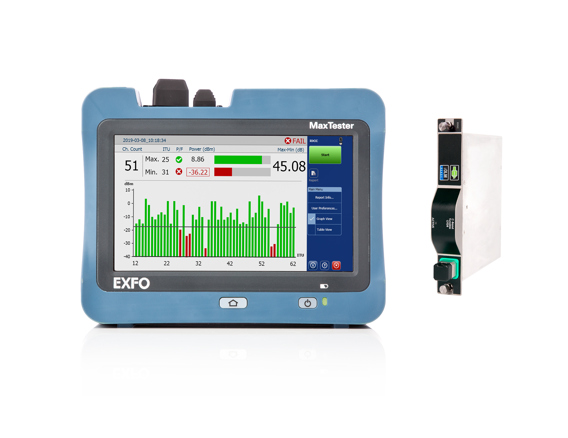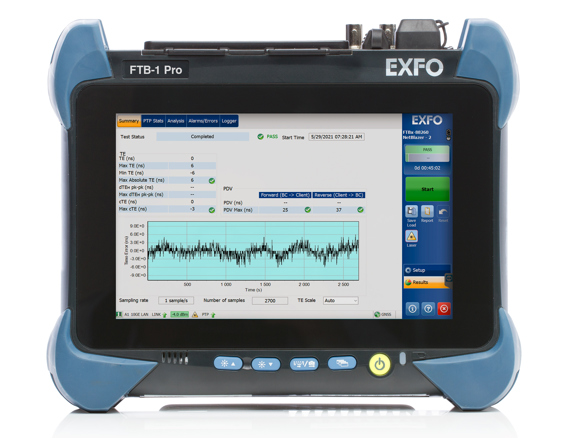Resources
All resources
Flyers and pamphlets
Are you ready for the 5G revolution? - English
(June 11, 2020)
Flyers and pamphlets
Are you ready for the 5G revolution? - Français
(June 11, 2020)
Flyers and pamphlets
Are you ready for the 5G revolution? - 中文
(June 11, 2020)
Spec sheet
FTB-1v2 Pro platform - English
(October 01, 2024)
Spec sheet
FTB-1v2 Pro platform - Français
(October 01, 2024)
Spec sheet
FTB-1v2 Pro platform - 中文
(October 01, 2024)
Spec sheet
intelligent Optical Link Mapper (iOLM) - English
(January 15, 2025)
Spec sheet
intelligent Optical Link Mapper (iOLM) - Français
(January 15, 2025)
Spec sheet
intelligent Optical Link Mapper (iOLM) - 中文
(January 15, 2025)
Spec sheet
intelligent Optical Link Mapper (iOLM) - Español
(January 15, 2025)
Spec sheet
intelligent Optical Link Mapper (iOLM) - Italiano
(January 15, 2025)
Spec sheet
intelligent Optical Link Mapper (iOLM) - Deutsch
(January 15, 2025)
Spec sheet
intelligent Optical Link Mapper (iOLM) - Português
(January 15, 2025)
Spec sheet
intelligent Optical Link Mapper (iOLM) - 日本語
(January 15, 2025)
Spec sheet
intelligent Optical Link Mapper (iOLM) - 한국어
(January 15, 2025)
Spec sheet
5GPro Spectrum Analyzer - English
(August 01, 2024)
Spec sheet
5GPro Spectrum Analyzer - 中文
(August 01, 2024)
Spec sheet
5GPro Spectrum Analyzer - Français
(August 01, 2024)
Flyers and pamphlets
Quickly mitigate PIM and RF interference for faster time to revenue - English
(February 07, 2023)
Flyers and pamphlets
Quickly mitigate PIM and RF interference for faster time to revenue - Français
(February 07, 2023)
Flyers and pamphlets
Quickly mitigate PIM and RF interference for faster time to revenue - 中文
(February 07, 2023)
Flyers and pamphlets
Quickly mitigate PIM and RF interference for faster time to revenue - Español
(February 07, 2023)
Flyers and pamphlets
Quickly mitigate PIM and RF interference for faster time to revenue - 日本語
(February 07, 2023)
Blog
Timing and synchronization: why it's critical for 5G networks - English
(September 22, 2021)
Blog
Radio frequency (RF) spectrum analysis over CPRI in a 5G world - English
(June 16, 2020)
Webinar
Synchronization testing in 5G networks: methods and challenges - English
(May 16, 2023)
Webinar
C-band spectrum: what it means for accelerating 5G deployments - English
(May 16, 2023)
Spec sheet
MaxTester 720C access OTDR - English
(July 31, 2024)
Spec sheet
MaxTester 720C access OTDR - Français
(July 31, 2024)
Spec sheet
MaxTester 720C access OTDR - 中文
(July 31, 2024)
Spec sheet
MaxTester 720C access OTDR - Deutsch
(July 31, 2024)






